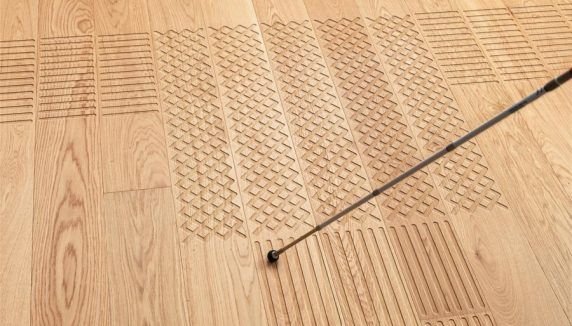Access flooring, also known as raised flooring or raised access flooring, refers to a type of flooring system where a raised platform is built above a solid base, creating a void underneath. This void allows for easy access to and management of utilities, wiring, and other infrastructure, making it easier to install, maintain, and reconfigure these services.
Advanced access flooring installation techniques involve meticulous preparation of the subfloor, precise pedestal placement and leveling, and the use of stringers for increased stability, especially in high-load applications or when dealing with uneven subfloors. These techniques ensure a level, stable, and robust raised floor system.
There are a lot of different loads to consider in structural designing but there are actually three main terms in loading considerations, the Dead Load (DL) which is the self-weight of the structure, the Superimposed Dead Load (SDL) which composed of the floor finishes and other services
Maintenance involves proactively keeping equipment and systems in good working order, while troubleshooting is a systematic process of diagnosing and resolving specific issues that arise unexpectedly. Troubleshooting identifies the root cause of a problem, while maintenance aims to prevent problems before they happen.
A "Case Studies & Practical Workshop" combines real-world examples (case studies) with hands-on exercises to enhance learning and understanding. It's a valuable tool for training and education, allowing participants to apply theoretical knowledge to practical scenarios.





